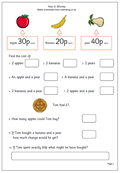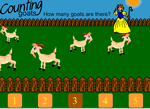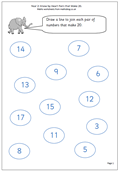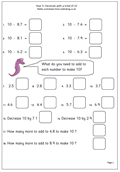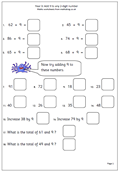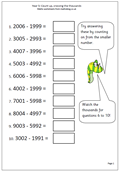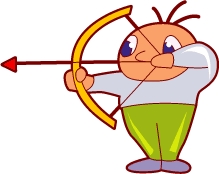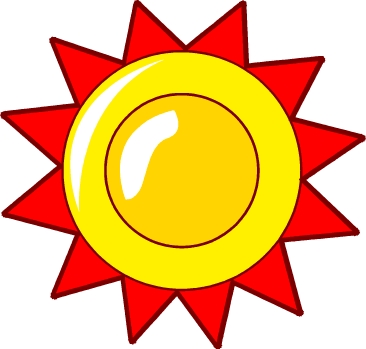 Holiday time is upon us now, although the promised hot summer has not materialised yet! To pass away a few idle moments, or to keep the brain in trim ready for next term we have both mental and written methods of calculating coming next week.
Holiday time is upon us now, although the promised hot summer has not materialised yet! To pass away a few idle moments, or to keep the brain in trim ready for next term we have both mental and written methods of calculating coming next week.
Mental arithmetic is the core of number work in the primary school as later written methods depend entirely upon successful mental methods. Next week we have page on how to add 19 to any 2-digit number and a great little page for Year 2 children on missing numbers on a number square. In our Four Rules section we will be looking at subtraction of money, including the decimal point, using the standard written method of subtraction.


